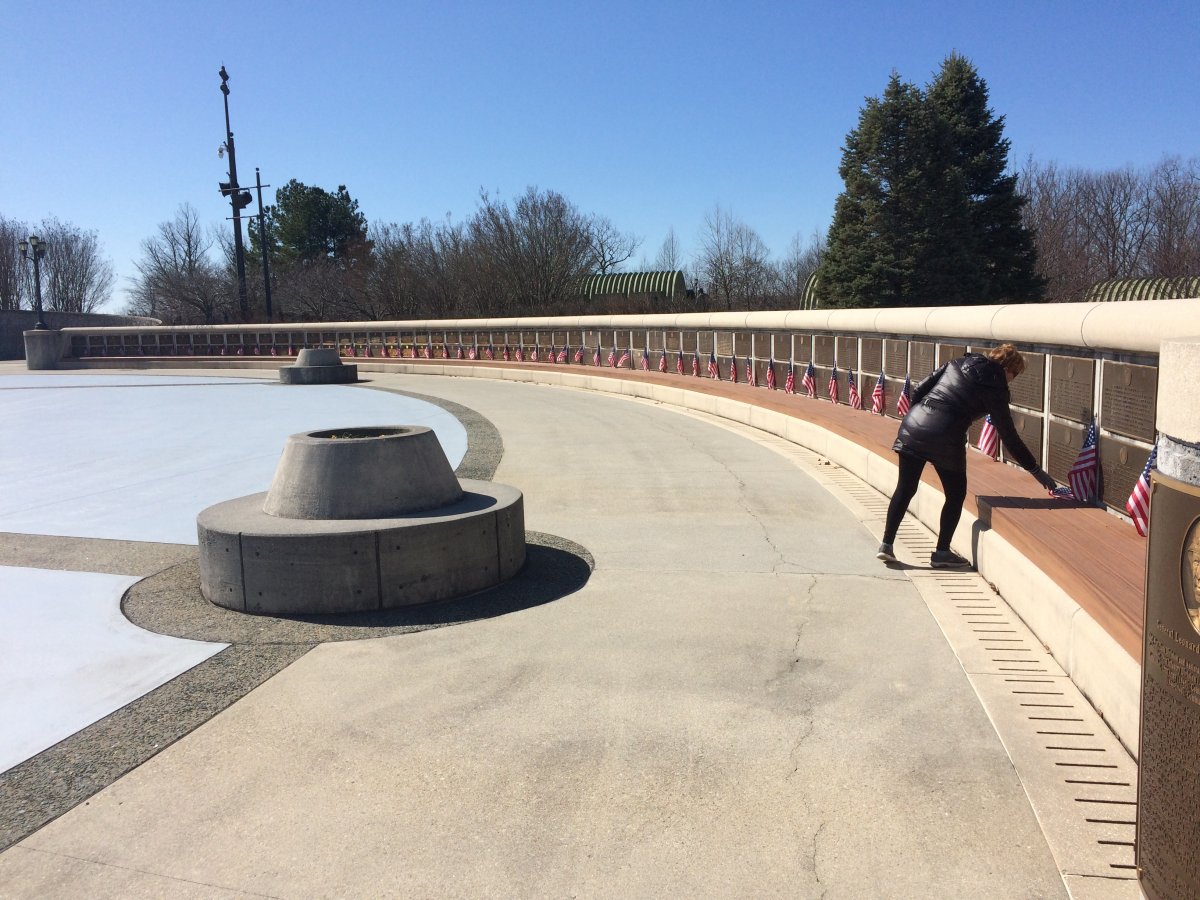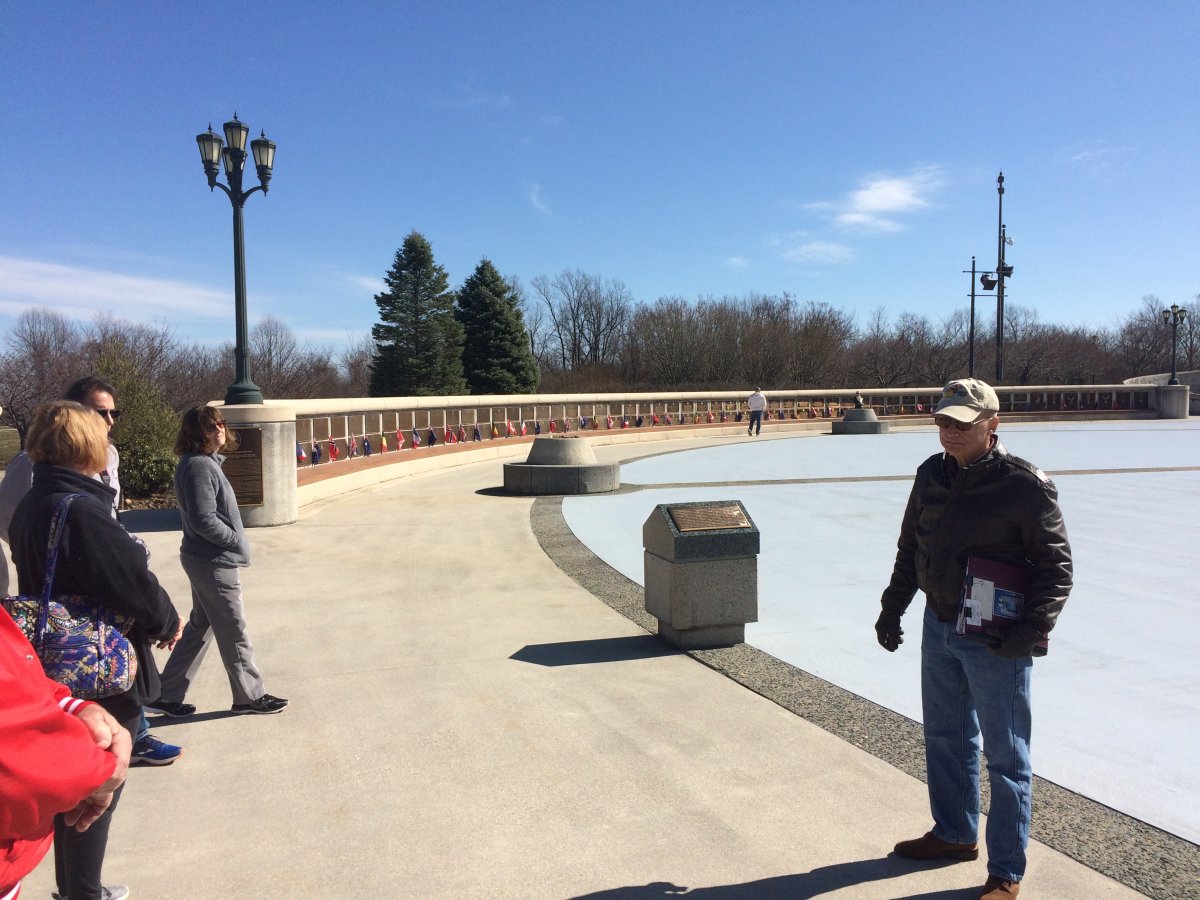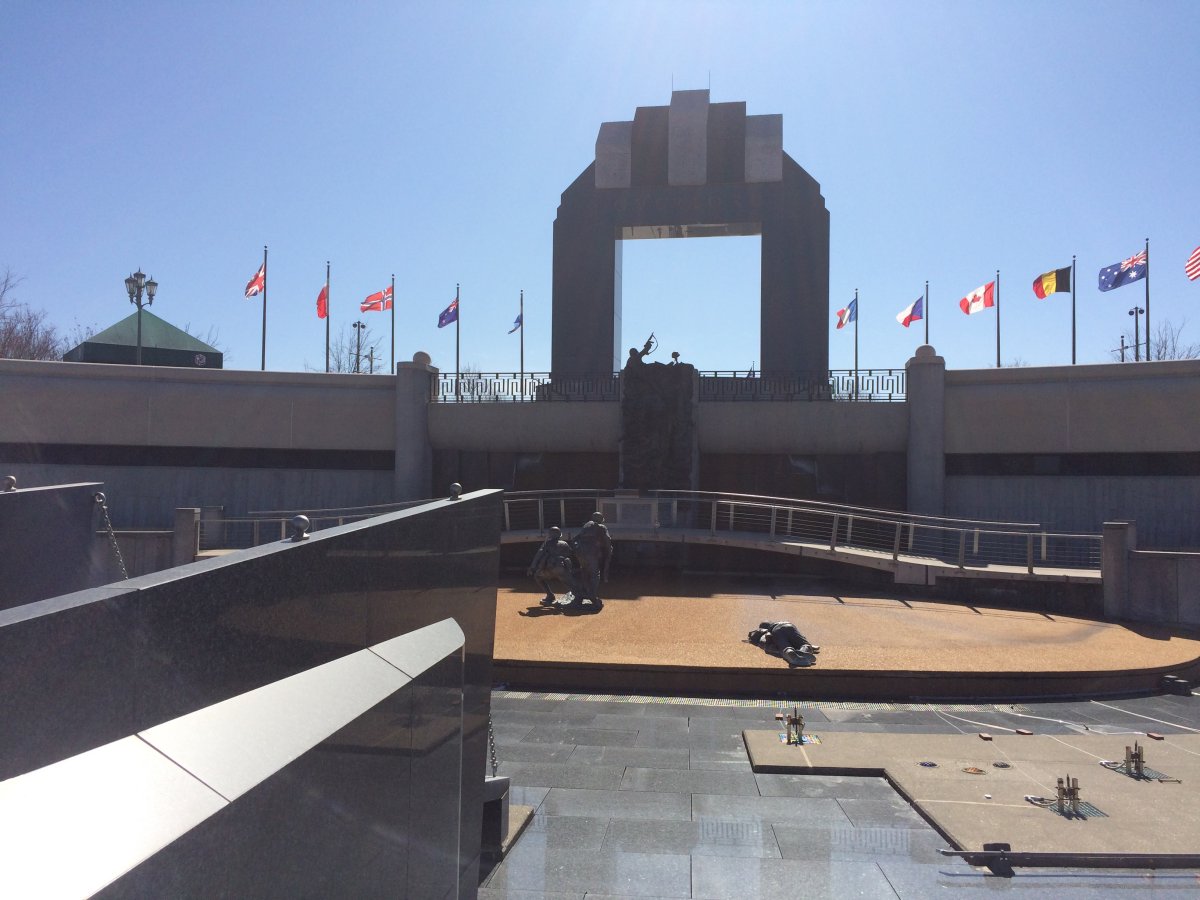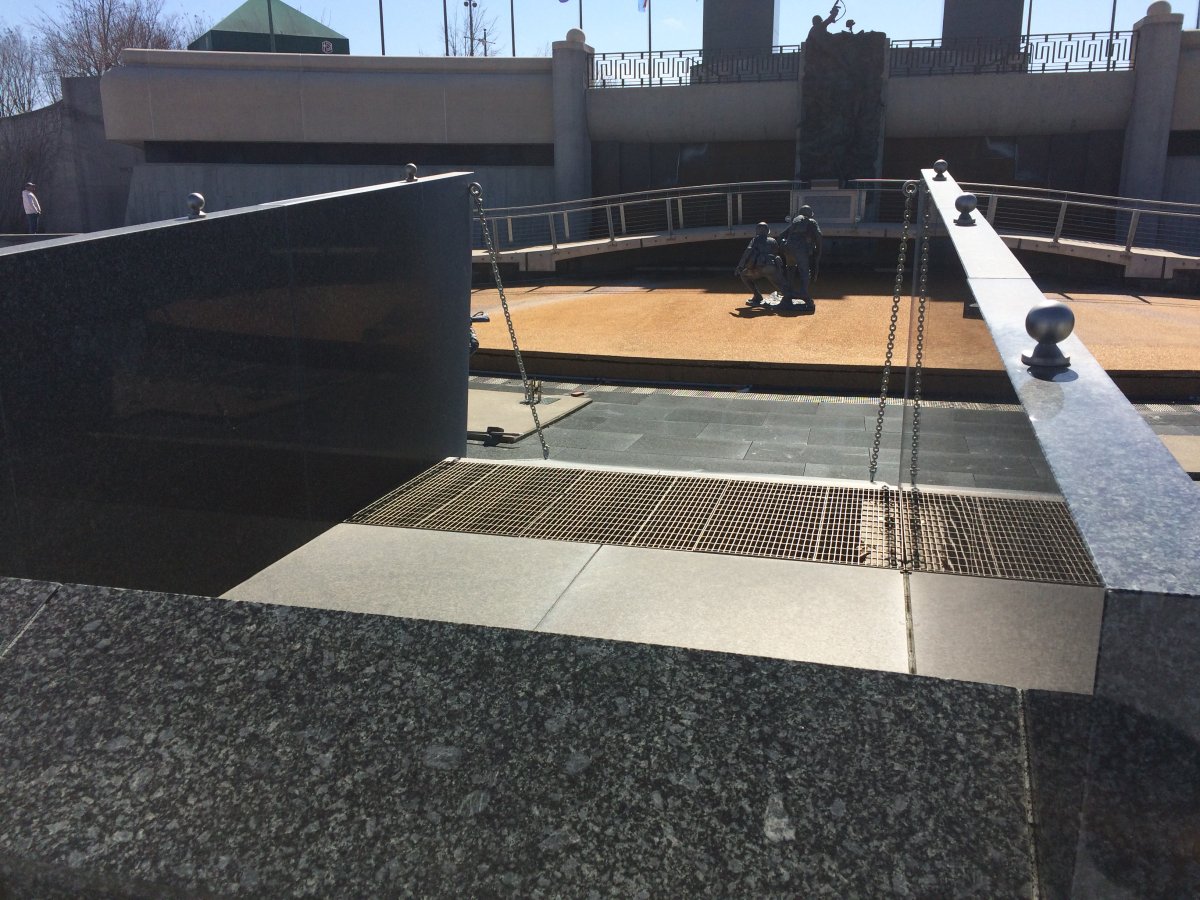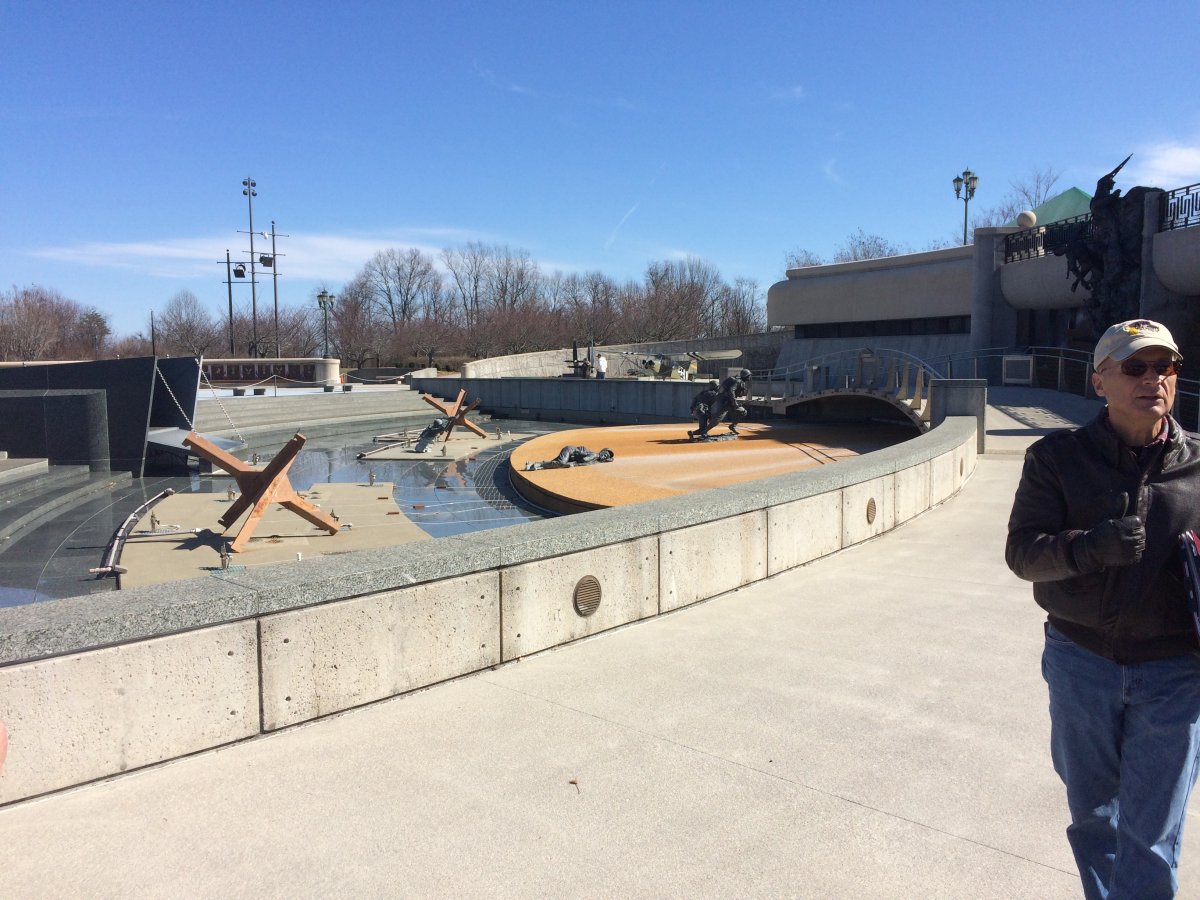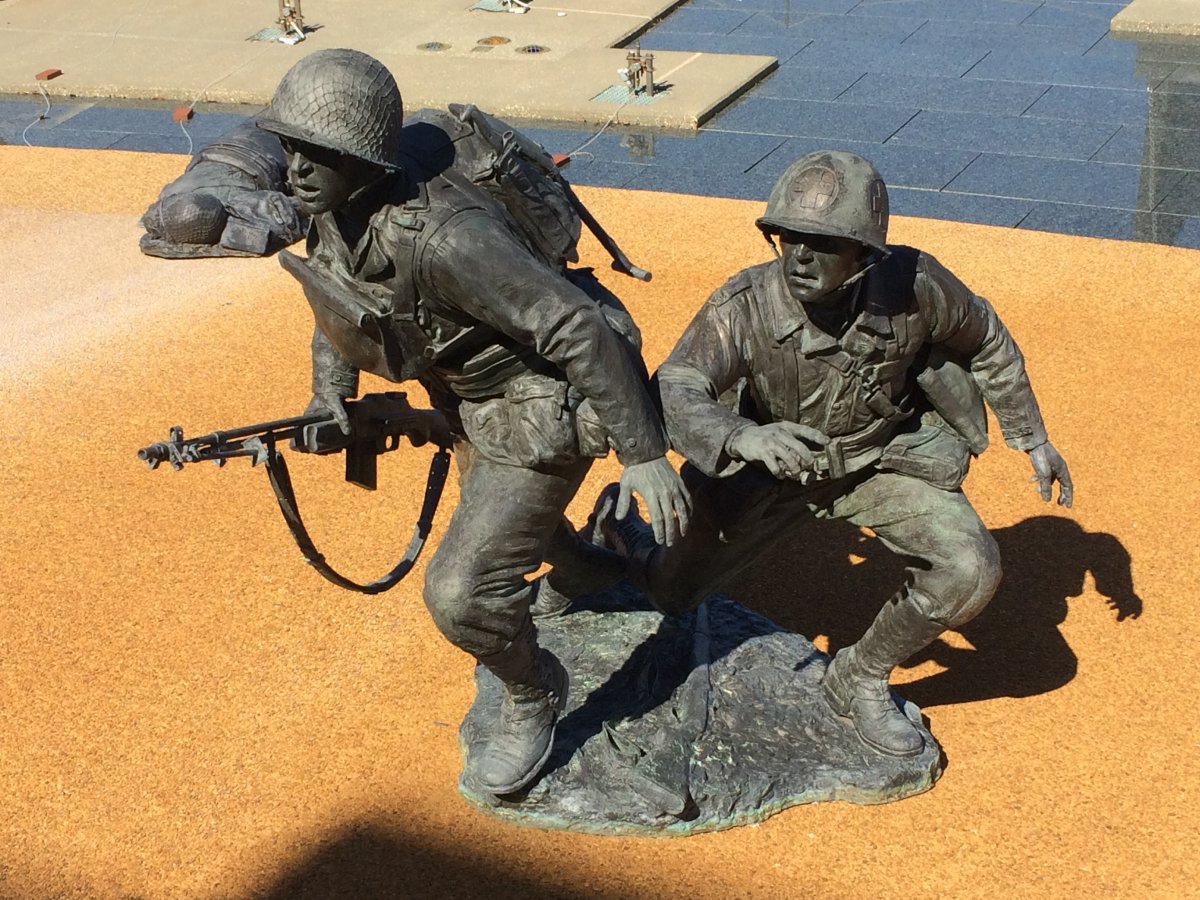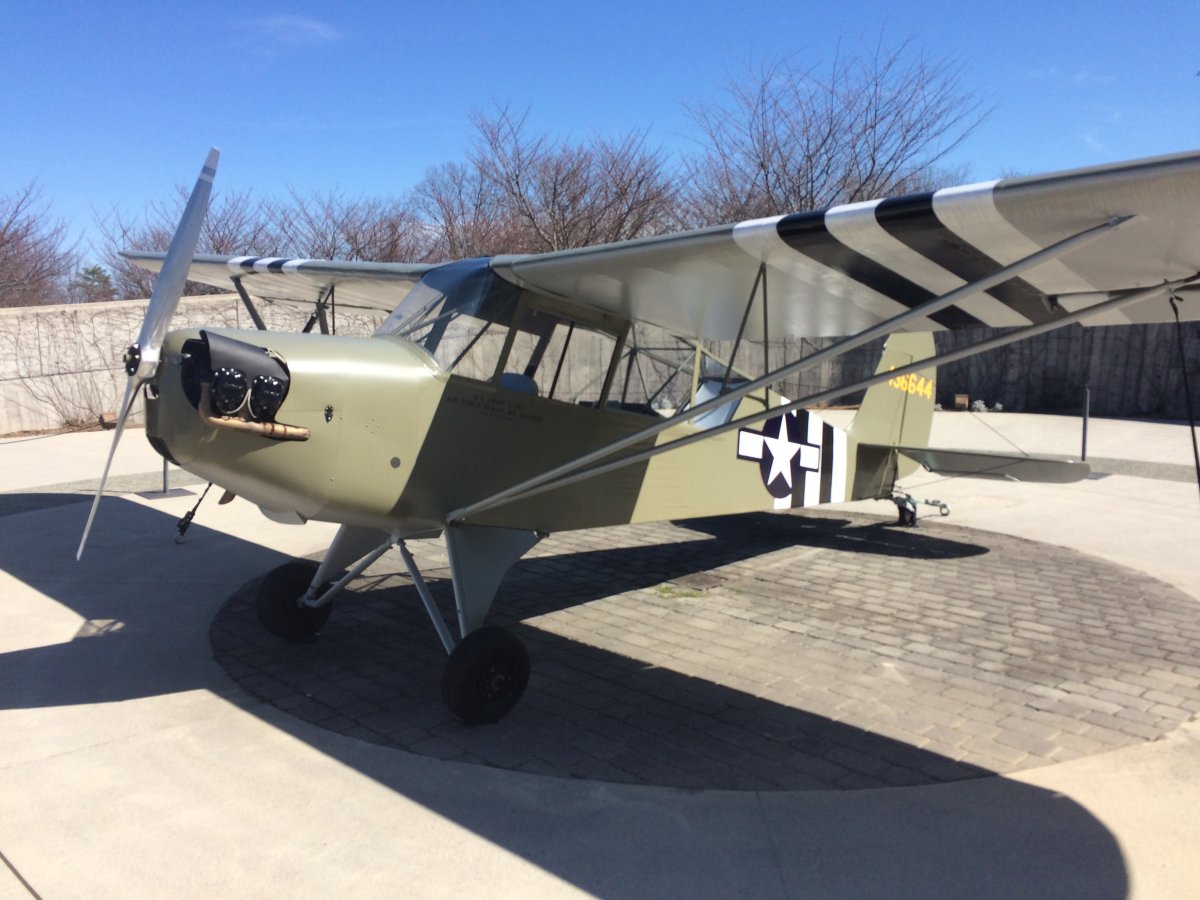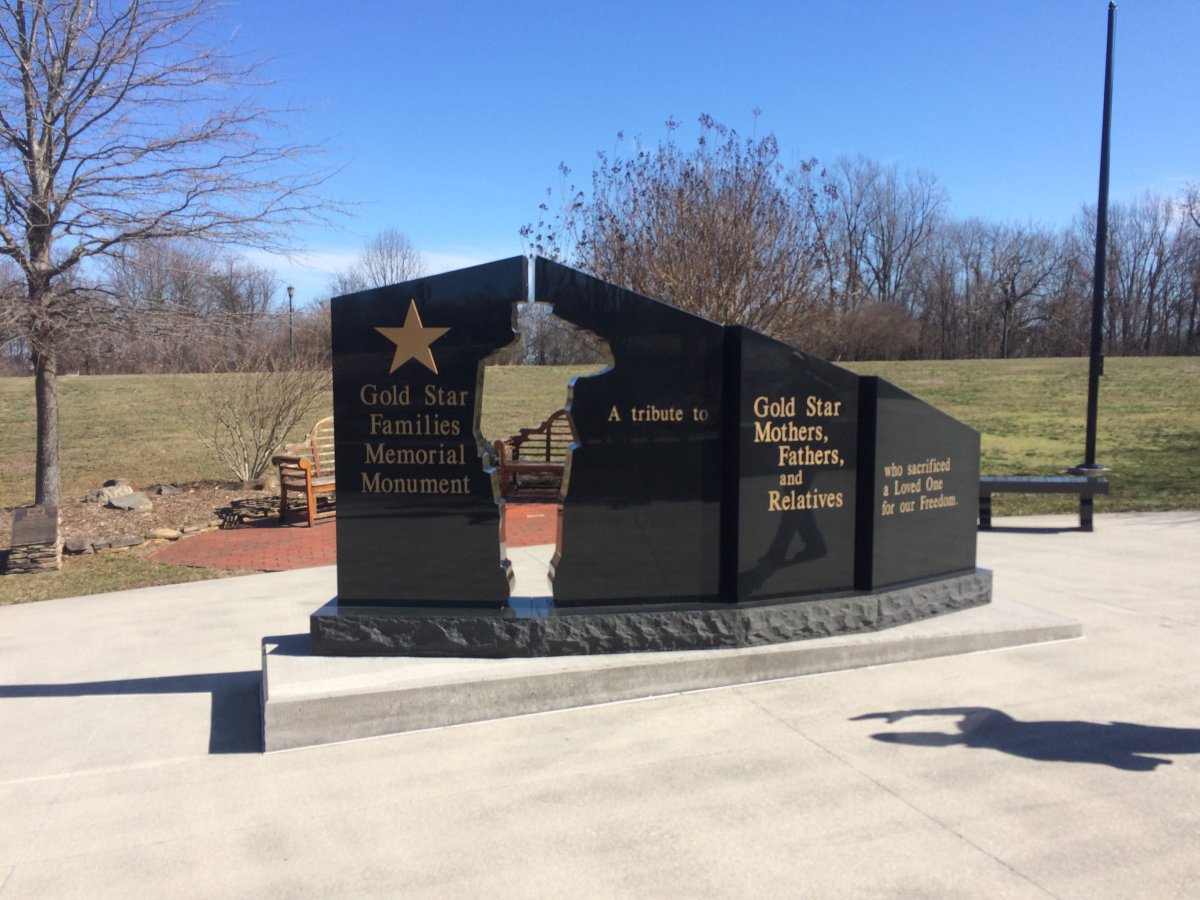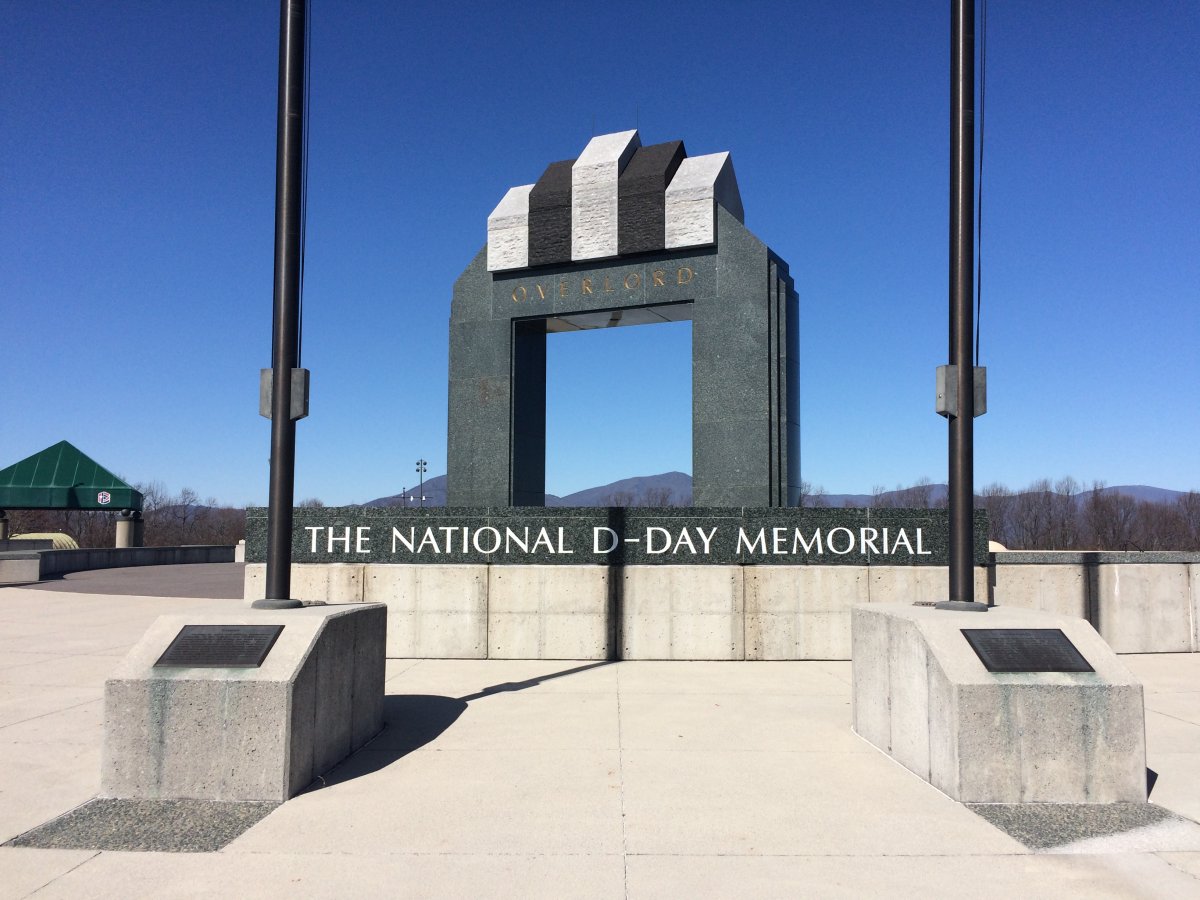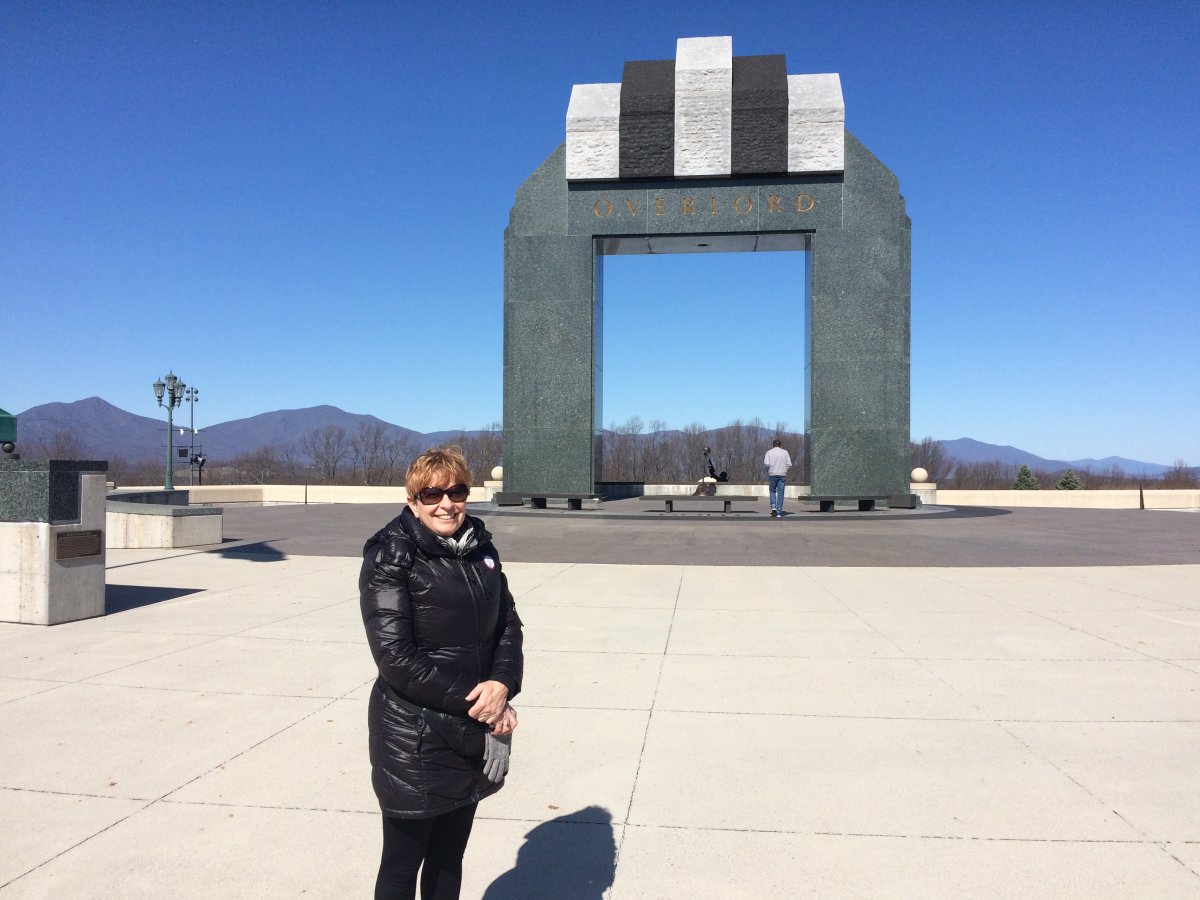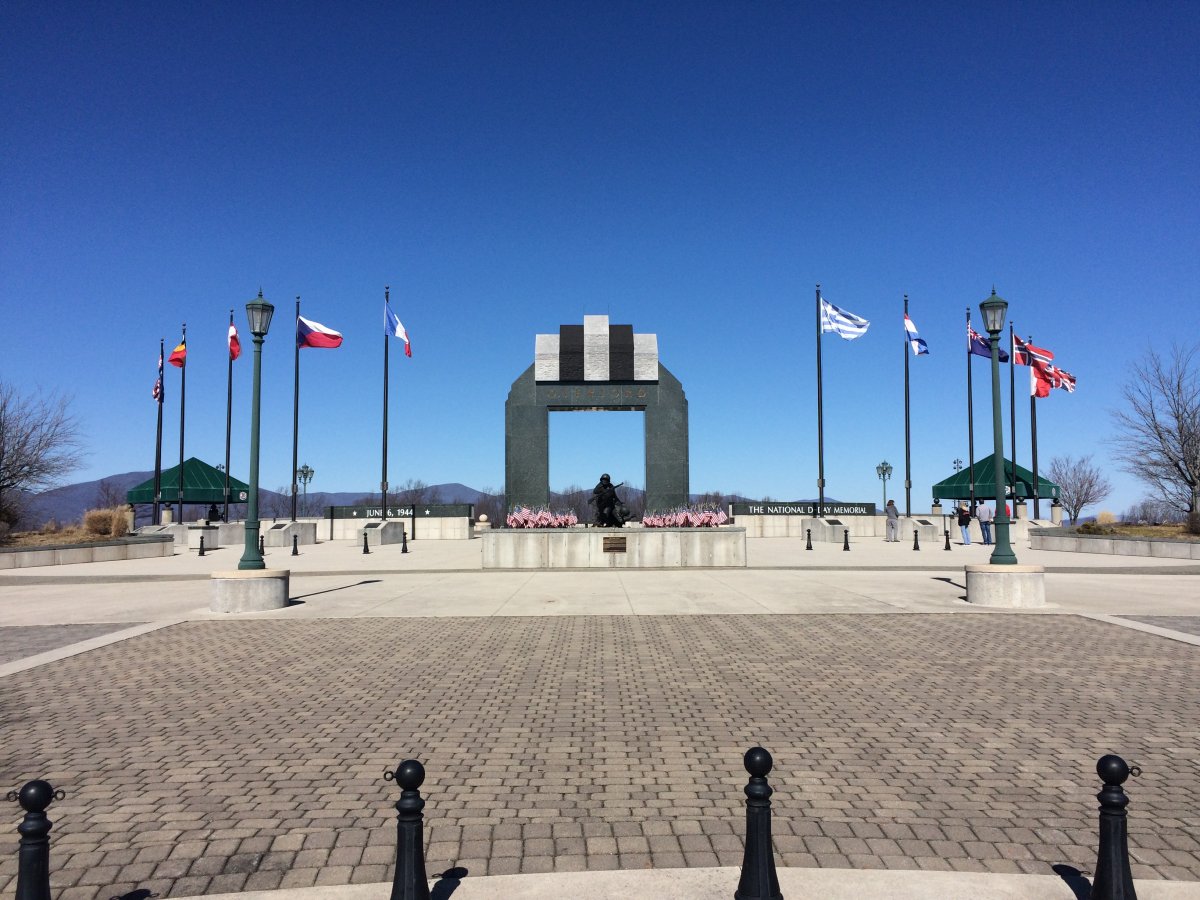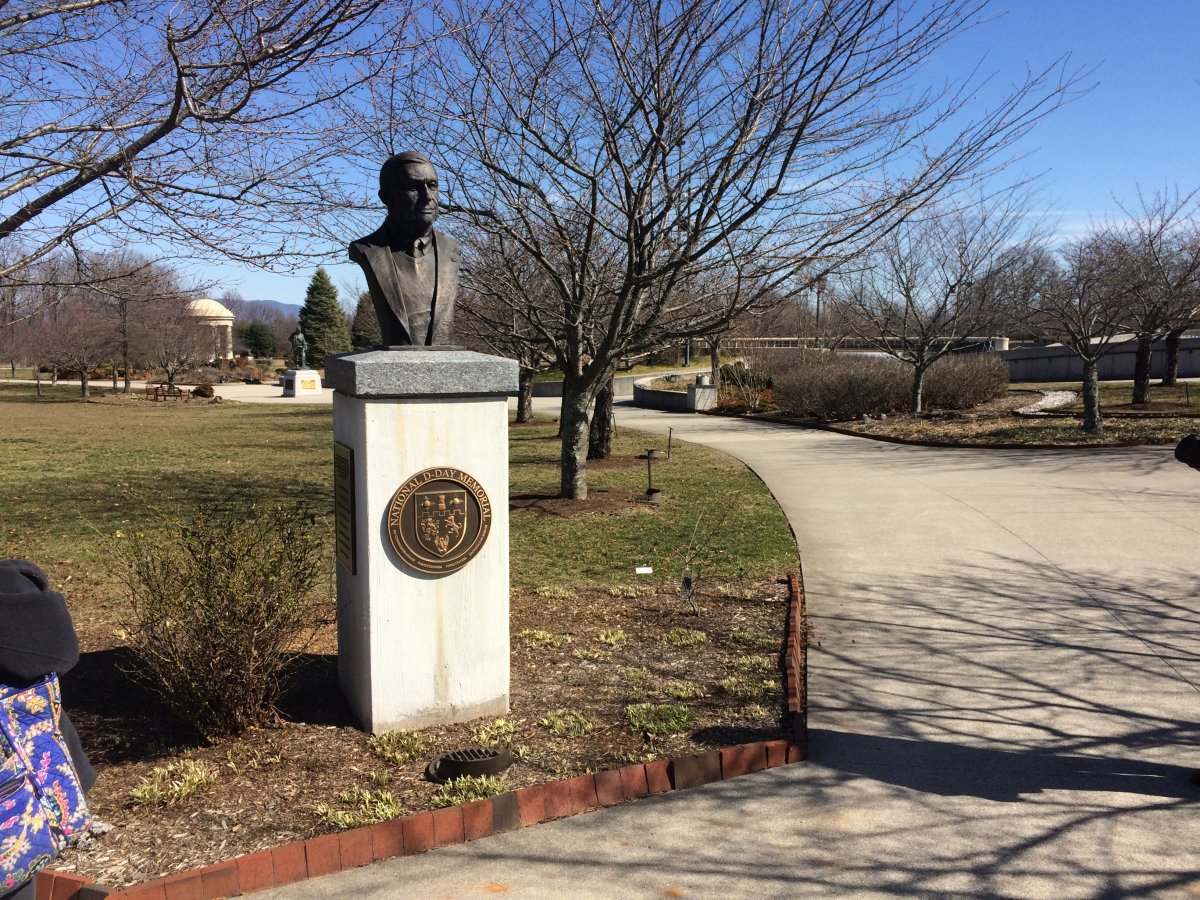February 22, 2020 - D-Day Memorial
Bedford, Virginia
Lynnette and I were returning by car from Johnson City, Tennessee visiting my mother and sister for a week. We decided to stop at the D-Day Memorial in Bedford, Virginia since it is only about 20 minutes off Interstate 81 (to the east).
I didn't really know what to expect. It turns out that the D-Day Memorial is in fact, a large, extremely well done memorial. It is not a museum. There's a small admission fee, worth every penny. That said, the memorial offers hourly tours with a Guide. We went on a tour and I'm so glad we did because the Guide was beyond outstanding. I have read a lot of World War II history, have read Stephen Ambrose's book D-Day and Max Hasting's book Overloard multiple times, have been to Omaha and Utah Beach and I can honestly say I didn't hear a single thing from the Guide I disagreed with. Furthermore, I learned some things. Of course, D-Day was such a massive and complex event, it's impossible for someone to know every detail about them. The Guide, Kevin, tied it altogether in a seemless and interesting way.
Furthermore, there are hundreds of placards on the walls and statues -- it would take all day to read all of them.
Why is this memorial in Bedford, Virginia, a remote little town located at the foot of the Blue Ridge Mountains?
Among the hundreds of thousands massed off the shores of Normandy on the morning of 6 June 1944 were 44 soldiers, sailors, and airmen from the town and county of Bedford, Virginia. Thirty-seven of these young men belonged to Company A of the 116th Infantry Regiment, 29th Division. For almost all of them, this would be their baptism of fire. Of the 37 assigned to Company A, 31 loaded into landing craft and headed for Omaha Beach in the first wave; the remainder belonged to supply details and would arrive later. En route, a landing craft struck an obstacle and sank, stranding dozens far from shore, including five of Bedford’s own. The remaining 26 successfully reached Omaha Beach, where 16 were killed and four wounded within a matter of minutes. Three others were unaccounted for and later presumed killed in action. Another Bedford soldier was killed in action elsewhere on Omaha Beach with Company F, bringing Bedford’s D-Day fatalities to a total of 20. In comparison with its wartime population, Bedford suffered the Nation’s highest known per capita D-Day loss, a somber distinction for the rural Virginia community.
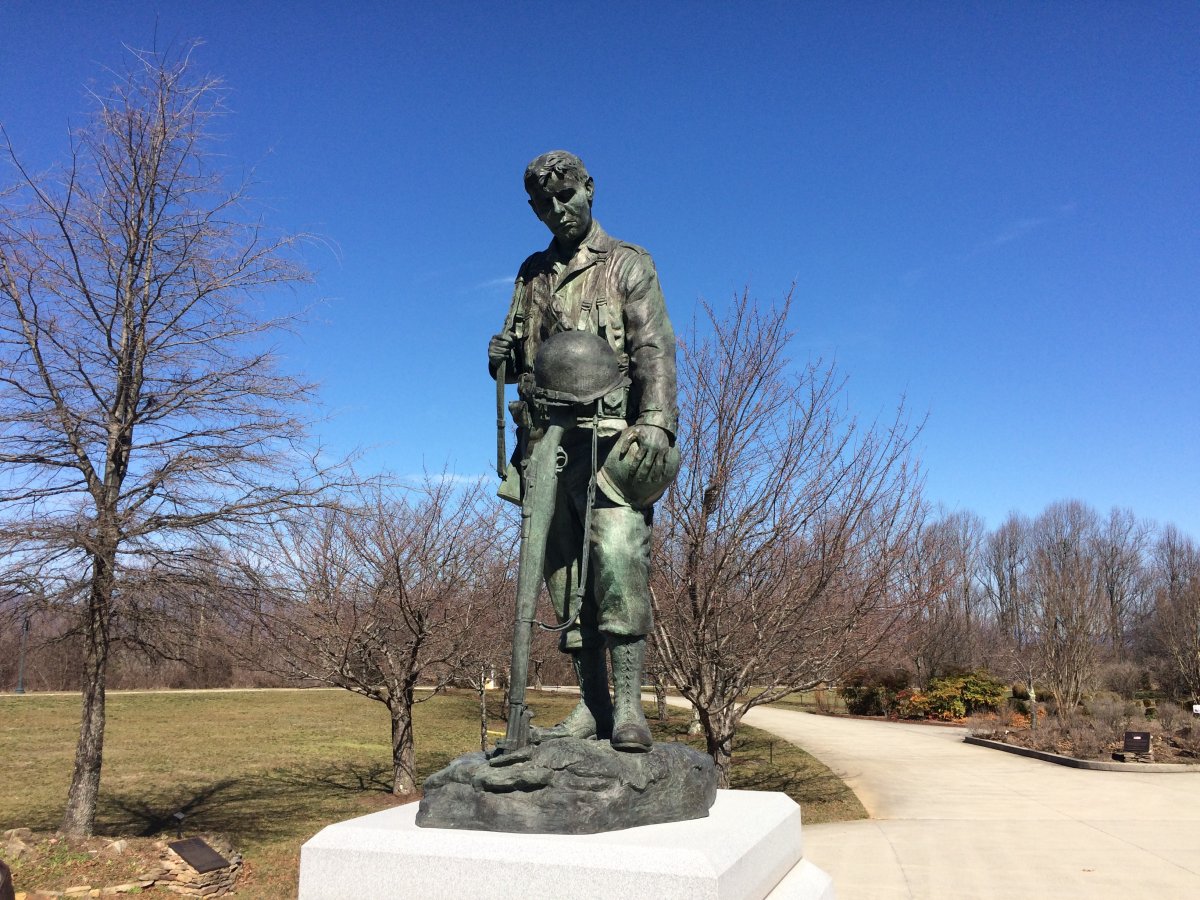

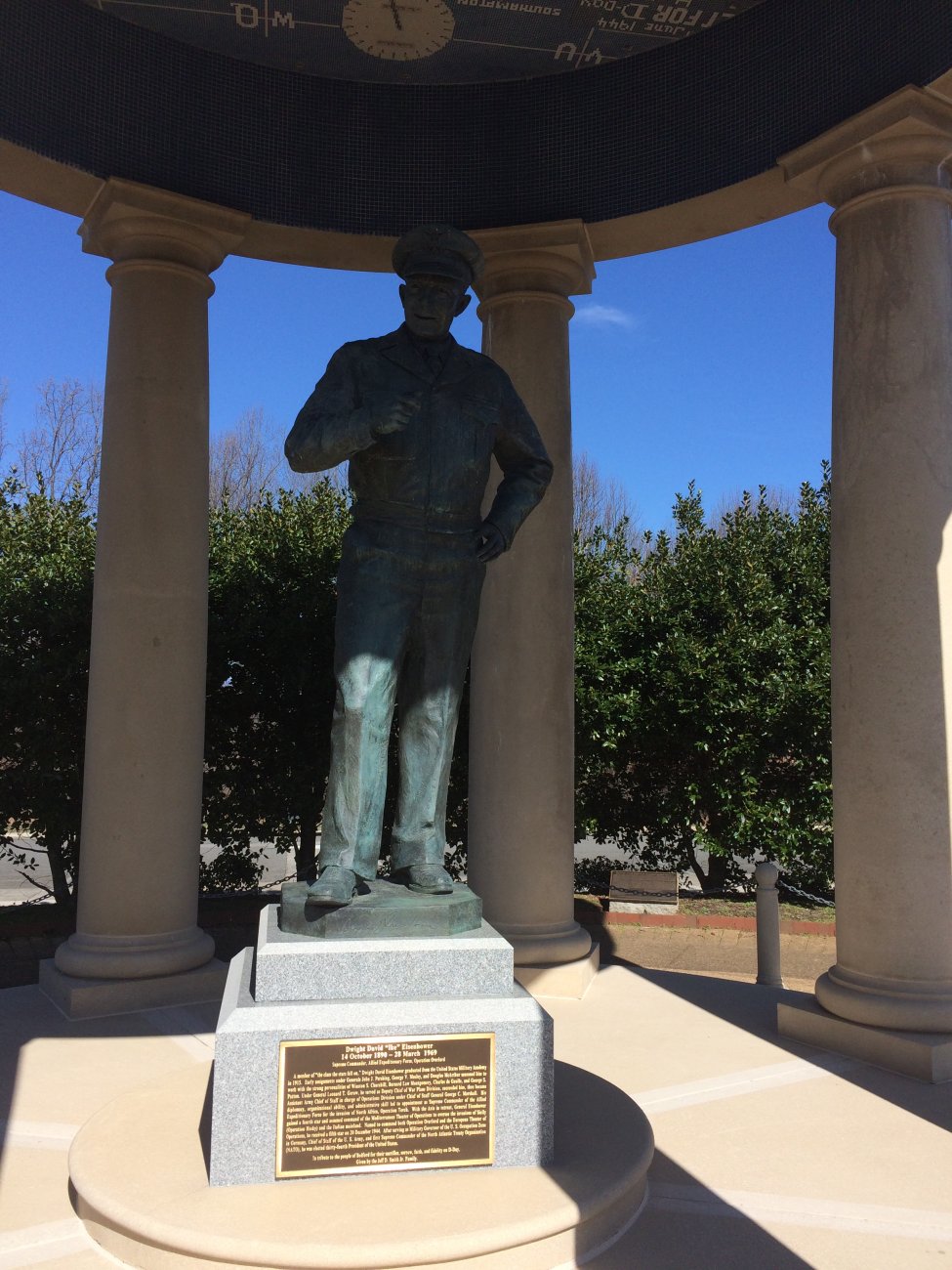

.General Omar Nelson Bradley, who commanded the U.S. First Army; i.e., the American troops at Omaha and Utah beaches. After Normandy, he would command the Twelfth United States Army Group -- which ultimately comprised forty-three divisions and 1.3 million men, the largest body of American soldiers ever to serve under a single field commander.-- until the end of the war in Europe.
He was appointed as Chief of Staff of the United States Army in 1948 and Chairman of the Joint Chiefs of Staff in 1949. In 1950, he was promoted to the rank of General of the Army, becoming the last of the nine individuals promoted to five-star rank in the United States Armed Forces. He was the senior military commander at the start of the Korean War, and supported President Harry S. Truman's wartime policy of containment. He was instrumental in persuading Truman to dismiss General Douglas MacArthur in 1951 after MacArthur resisted administration attempts to scale back the war's strategic objectives.

There were a bzillion plaques all over the place. I guess if you read every one, you would have a pretty good understanding of D-Day.
This is our guide, Kevin, explaining one of the plaques
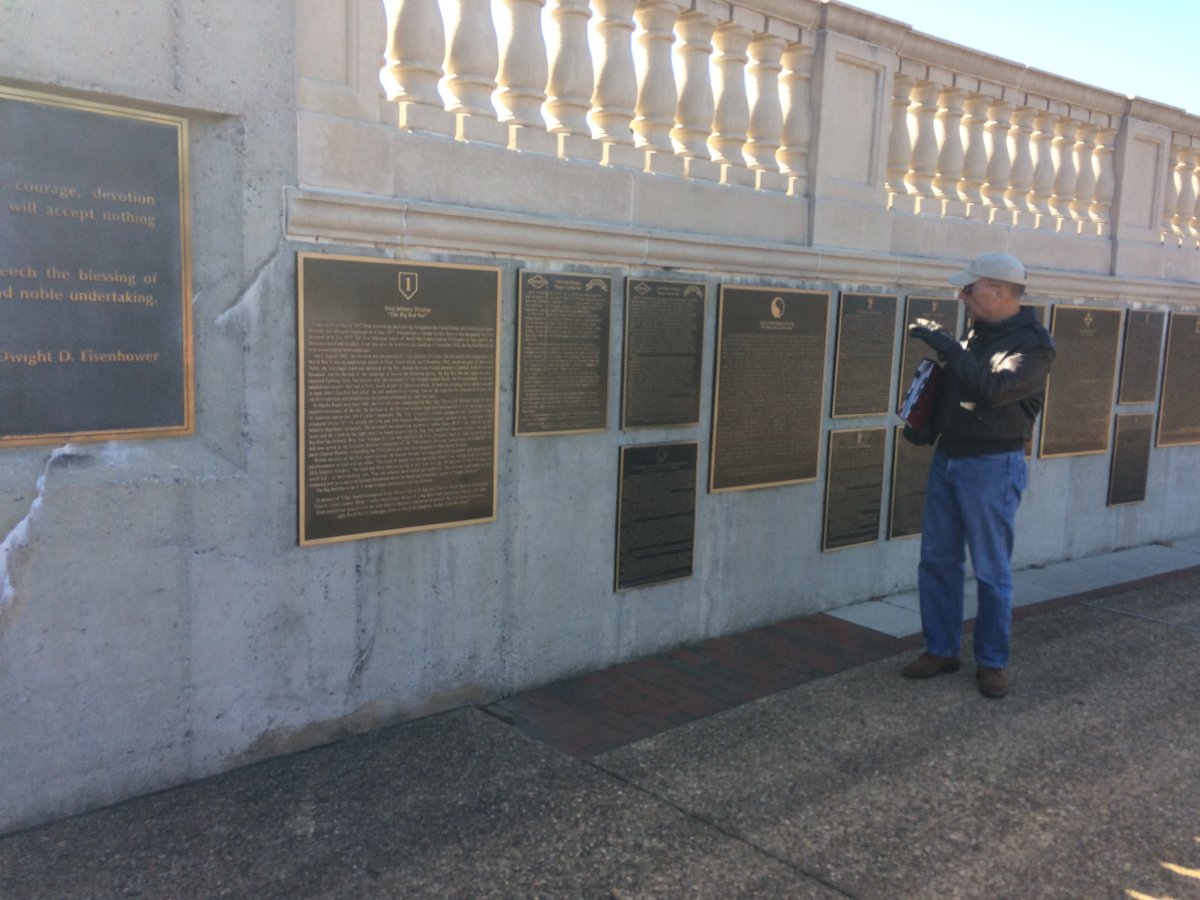
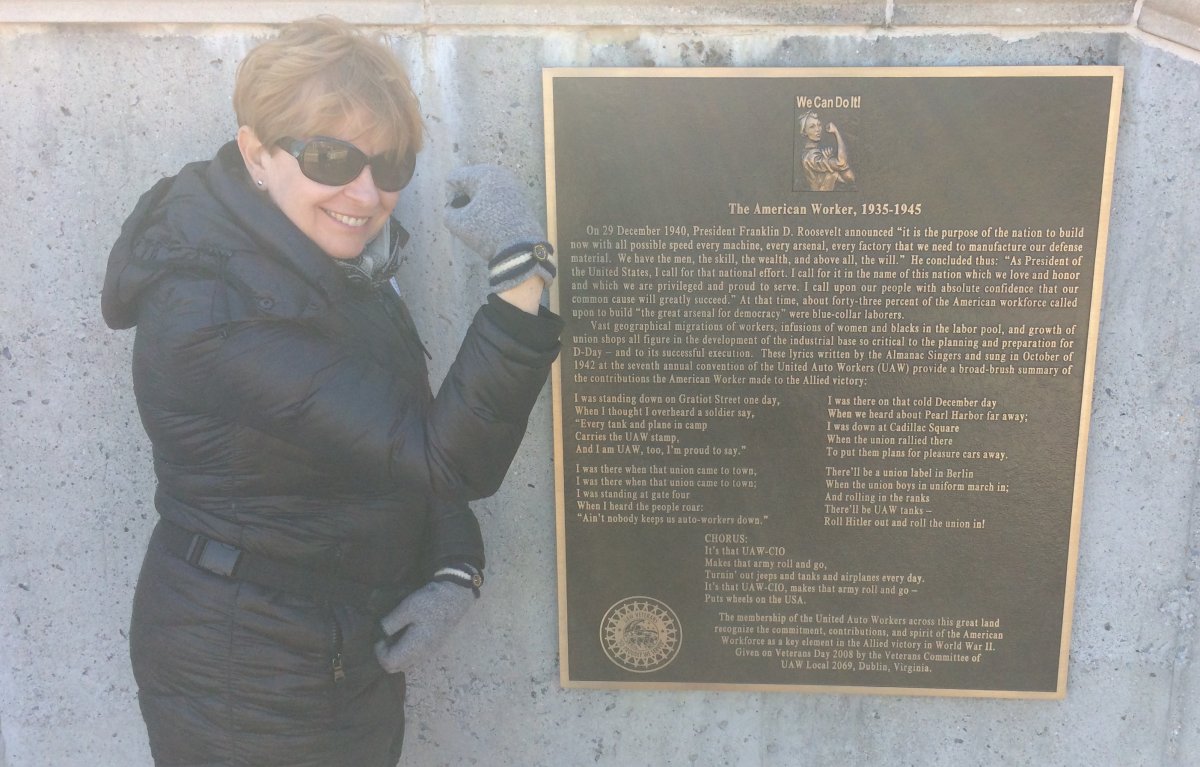
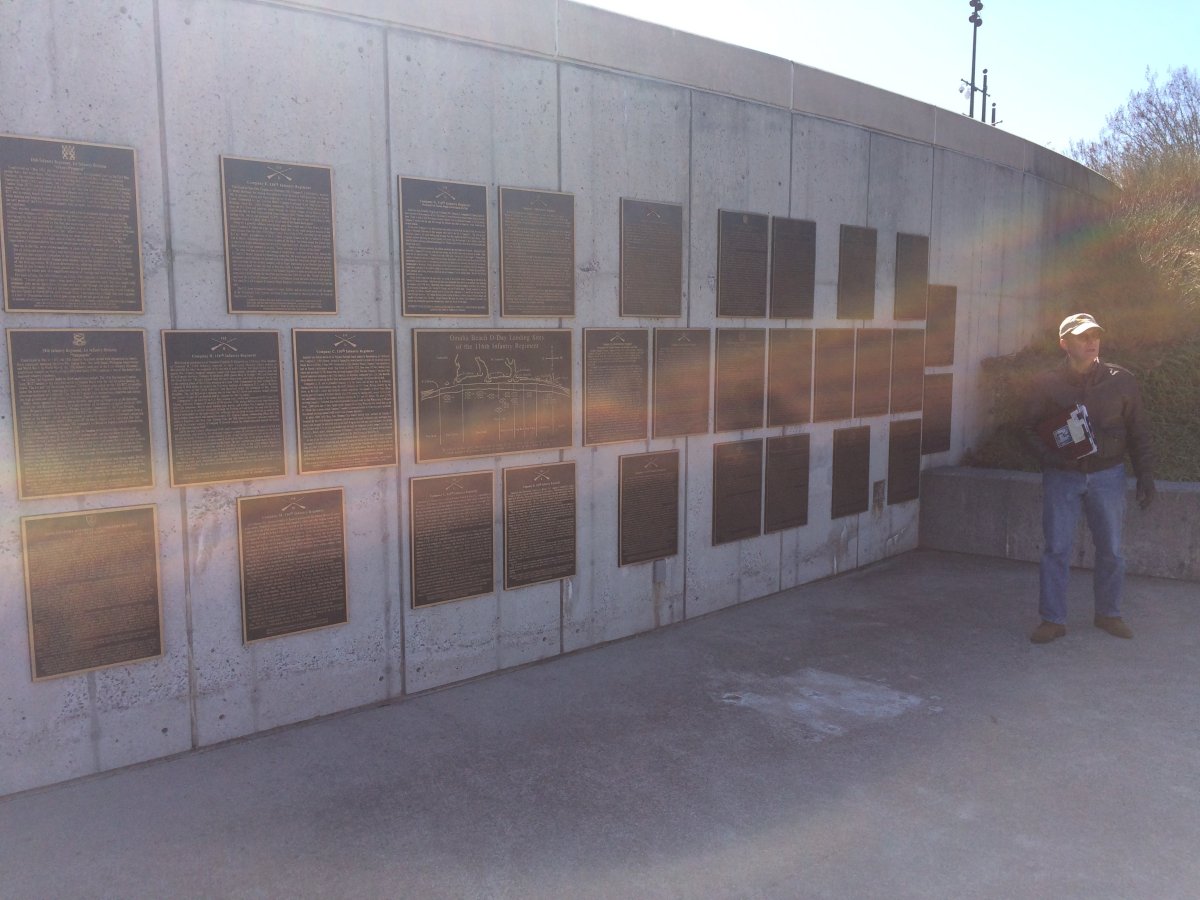
The 116th Infantry Regiment was an infantry regiment in the Virginia Army National Guard. Part of the 29th Infantry division, it fought in the Normandy landings, on Omaha Beach, where it suffered heavy casualties. It served continuously with the 29th ID in its eastward advance until reaching the Elbe at the end of World War II in Europe.
This plaque shows where the 116th Infantry Regiment landed on Omaha Beach in the first wave. Company A -- the Bedford Boys -- landed on the right side where the heavily fortified and defended draws protecting the town of Vierville were.
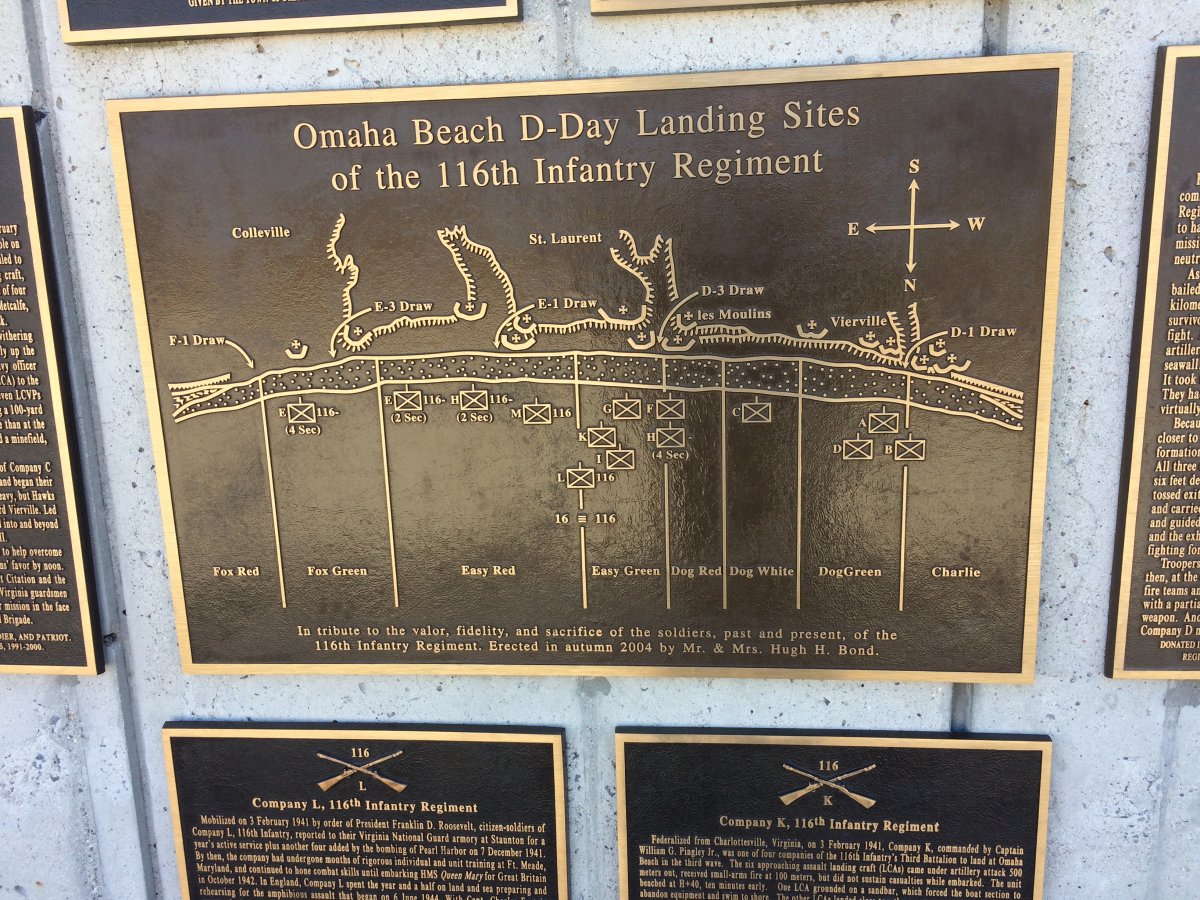

The Memorial board of directors set a laudable but challenging goal: the Memorial would identify and remember, by name, every single Allied soldier, sailor, airman, and coastguardsman killed on June 6, 1944, in the Normandy invasion. But its early leaders could not find an accurate count of those killed on D-Day, much less an authoritative roster listing the names of the fallen.
Recognizing her tenacious skills as a researcher, supervisors tasked Carol Tuckwiller, a former librarian who had taken a retirement job at the Memorial, with finding the answer to the question of how many died on D-Day. Tuckwiller painstakingly tracked down and perused voluminous burial records, after-action reports, personnel files, unit histories, ship logs, headstone applications, and hometown obituaries, among many other sources. Over the better part of a decade, Tuckwiller’s research yielded more than 4,000 names of Allied service members who died while participating in the invasion of Normandy on June 6, 1944.
To date, there are 4,427 names on the Memorial Wall at the National D-Day Memorial: 2,510 Americans and 1,917 Allies—representing the most complete list of D-Day fallen anywhere in the world.
